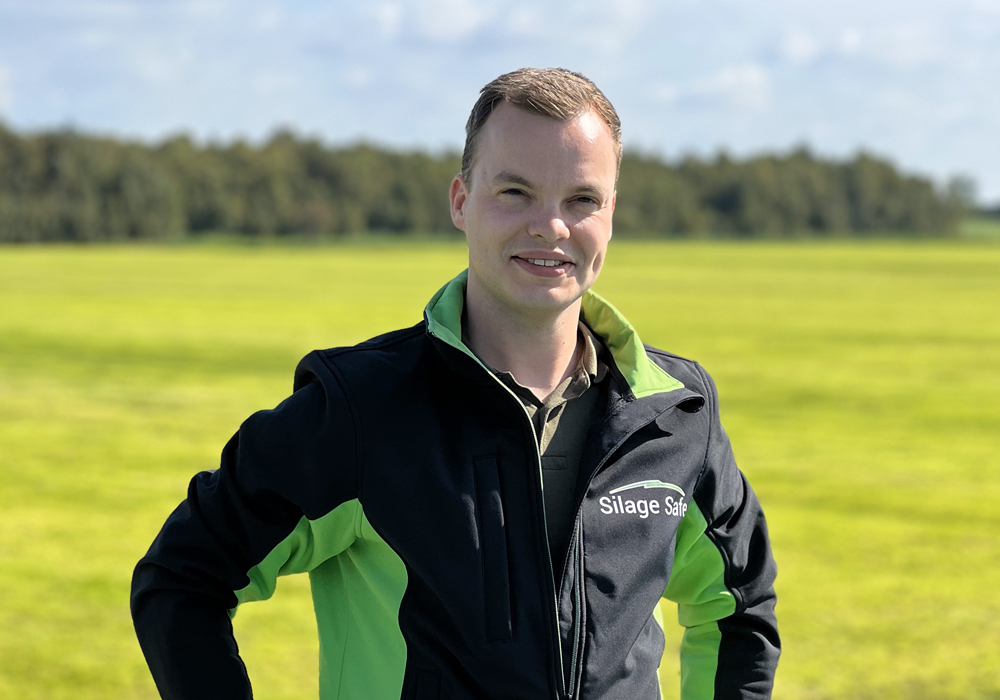Contact
Home » Contact
Home » Contact
Fill in the form below if you have any questions, and we will contact you as soon as possible.

De Bûterkamp 3
8567 LM Oudemirdum
The Netherlands
The Silage Safe covering system is delivered to you via one of our reliable carriers. The cloths are already prepared with the straps, buckles, and the tubes incorporated. All you have to do yourself is lay out the cloths and if necessary adjust the tubes to the correct silage height. If you want, you can already provide your expected silo height in advance, and we will already insert the tubes into the correct seam. We provide a clear manual that takes you step by step through the process. If you still have questions, you can always contact your contact person.
The delivery time of a covering system in the Netherlands and Belgium is approximately one week. With the first cut and the corn harvest, this may take a little longer. For other countries you can request the transport time from us.
No, the silo walls are necessary for the use of Silage Safe. This is due to the principle: the woven cloths are between the roughage and the silo walls, sealing the roughage 100% airtight. Due to the drainage pipes in the lower seams and the pressure of the roughage against the walls, the cloths become wedged, allowing you to pull the cloths together with a lot of tension.
The covering system is suitable for all types of silage: grass silage, corn, brewers' grains, etc. It is important that the silage is rounded. With feed types like brewers' grains, it is not possible to drive on it, but you can solve this by evenly distributing it with a rake. If the curvature of your clamp is good, you can cover it airtight with Silage Safe.
Silage Safe helps farmers to cover their roughage in the best possible way. With air- and watertight covering, the feed values are preserved. By lightening the workload and reducing feed losses, you save money.
